Restoration of a medieval merchant's house in Erfurt, Germany, reveals traces from six centuries . The intricate refurbishment project took five years. Today the building and its rich history provide a space for comfortable living. Profile of the fourth-place winner in the 2017 KfW Awards for Construction.
A building full of surprises
As the builder responsible for the restoration of this historic merchant's house soon found out (KfW Group/n-tv). This video is only available in German.
Despite its grand name, "Zum Güldenen Stern" ("The Golden Star"), the building was long one of the dingiest spots in Erfurt's old town. From 1990 onwards, one architectural treasure after the next was uncovered and polished up all the way round the building, while the Stern simply got duller as each year passed. The owner lived a long way from the property and was at ends over where to even start.
Unlike Frank Orschler from Allendorf in the Thurinigian Forest: "I passed it very regularly, and it always looked so desolate. At some point, I bought it – for the love of it, not to make money." Thanks to his passion, the Stern is now shining again, reflecting more than half a millennium of the city's history and filled with museum-like yet comfortable and cutting-edge living spaces.
Mr Orschler's company produces implants to repair bones – and he has done something similar with the building.
The "Güldene Stern" is one of the oldest merchant's houses in Erfurt– one of the few leftover from the Medieval period. Mr Orscher didn't know much else about the building when he bought it. Add-ons, extensions, paint and plastering buried historical features all over the building. Rounded archways were walled in, external stairwells were added to the walls, and paving stones were covered in asphalt. During the careful excavation and removal work, Mr Orschler experienced "one surprise after another".
Read more under the image gallery.
Magnificent
The 'Güldene Stern' is one of the oldest merchant's houses in Erfurt and one of the very few left over from the Medieval period.
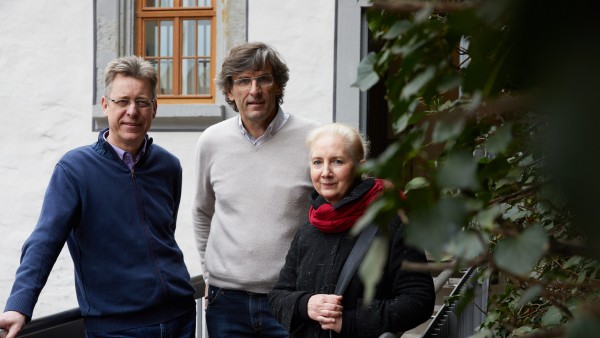
Happy
Owner Frank Orschler (centre), and the architects Mr Lichtenheld and Ms Herbst.
The most eye-catching elements are the murals that adorn the walls, ceilings, beams and bays, stretching from the Renaissance, Baroque and Classical periods through to various modern-day movements. The paintings feature ornaments, flowers, ribbons and fragments of figures. Some of the paintings are almost complete and look as good as new, while faded remnants are all that's left of others. They all raise questions – as before, not much is known about the original builder and the building's former residents and their trades.
And very little is known of the goings-on on the top floor, which previously consisted of a single, huge hall over four metres in height. This hall still forms the heart of the building today: a rented flat with a more than generous hallway out into the courtyard. The living rooms and grand bay windows point out onto the street.
From the kitchen on the courtyard side, a new walkway leads onto the roof of the newer warehouse at the back, which used to house a mechanics. This walkway is used as a terrace by the tenants and is probably the largest single piece of outdoor space belonging to any flat in Erfurt old town.
Awards ceremony 2017
Impressions from the gala evening in Berlin, where the 2017 KfW Awards for Construction were presented in front of prominent guests (KfW Group/n-tv). This video is only avaiable in German.
Two smaller flats are located on the ground floor. All of them are equipped with cutting-edge technology – electronics, insulation, air conditioning and underfloor heating. However, apart from a few control units, plugs and subtle air conditioning pipes on the courtyard side of the roof, you see hardly any sign of the modern equipment.
The building uses district heating, for which it requires a large energy delivery station. To make sure this doesn't take over the Medieval cellars, Mr Orschler laid a pipe from the street into the courtyard and installed the station in the garage, where a second pipe feeds back into the house. The 500-year-old paving stones were then placed back on top.
And from the street, the Stern now glitters and shines again, literally, thanks to the 18-carat gold leaf star: exactly what a building like this deserves.
The project at a glance
Source
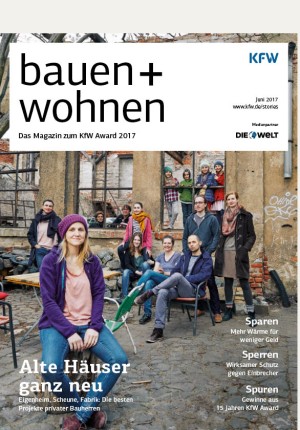
The winners are presented in the bauen + wohnen magazine 2107.
To German editionProject: Restoration and modernisation of the Medieval building "Zum Güldenen Stern"
Location: Erfurt, Allerheiligenstrasse 11 (old town)
Year of construction: 15th and 16th century, modernised from 2012 to 2014
Owner: Frank Orschler, Allendorf
Architects and energy consultants: Annegret Herbst and Hans-Ulrich Lichtenheld, Rudolstadt
Area: 815 square metres of land, 600 square metres of building space, 306 square metres of floor area
Construction costs per square metre: N.A.
Benefits for residents: Living space in a historical setting in Erfurt old town with cutting-edge comfort
Benefits for the community: Restoration of a valuable cultural building, residential space in the heart of the town
Energy-saving measures: Insulation, wherever specifications for listed buildings allowed, ventilation system with heat recovery, heaters on walls with skirting heating
Accessibility: Bathroom facilities, space to move, non-slip coatings
Published on KfW Stories: Monday, March 29 2017
The described project contributes to the following United Nationsʼ Sustainable Development Goals
Goal 7: Ensure access to affordable, reliable, sustainable and modern energy
Close to 80 per cent of the energy produced worldwide still comes from fossil fuel sources. Burning fossil fuels also generates costs for the health system due to air pollution and costs for climate-related damages that harm the general public, not just those burning the fuel.

All United Nations member states adopted the 2030 Agenda in 2015. At its heart is a list of 17 goals for sustainable development, known as the Sustainable Development Goals (SDGs). Our world should become a place where people are able to live in peace with each other in ways that are ecologically compatible, socially just, and economically effective.

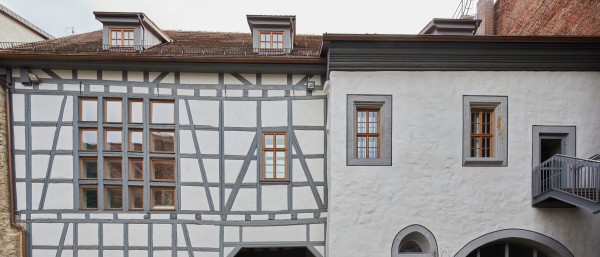
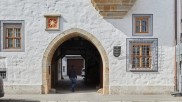
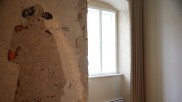
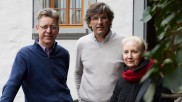
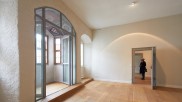
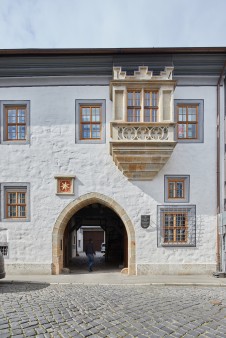
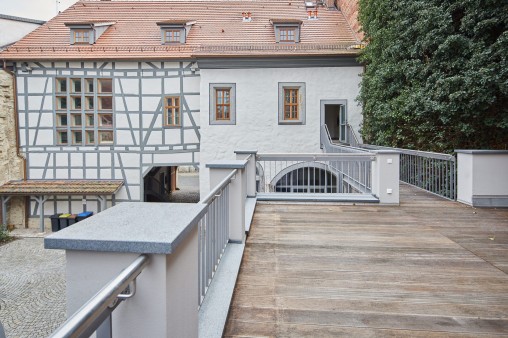
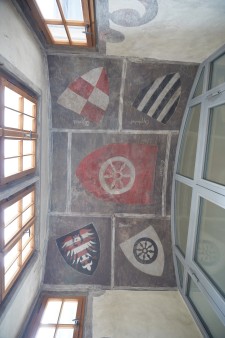
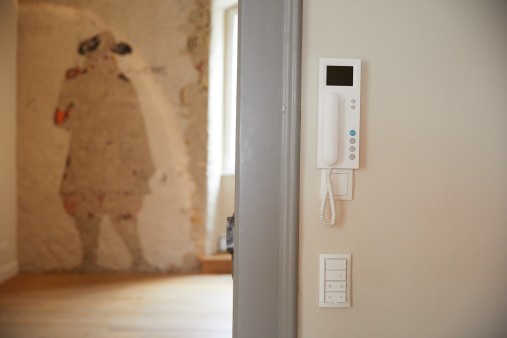
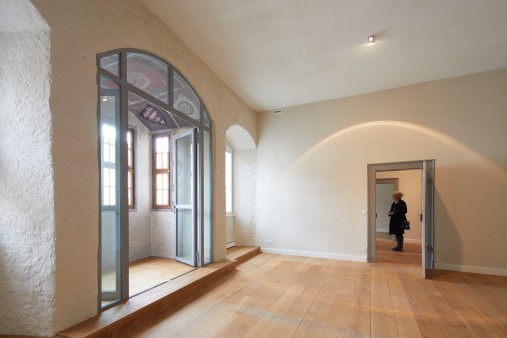
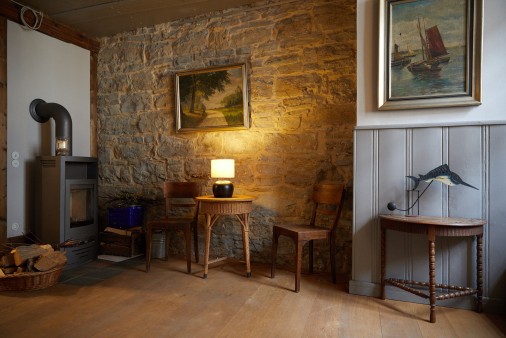
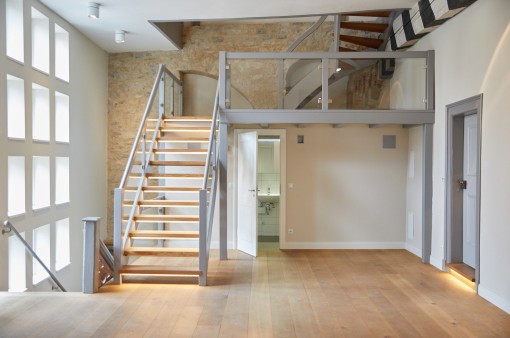







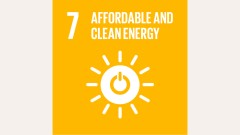

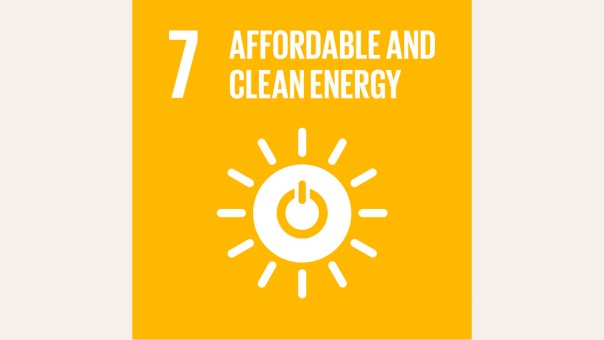

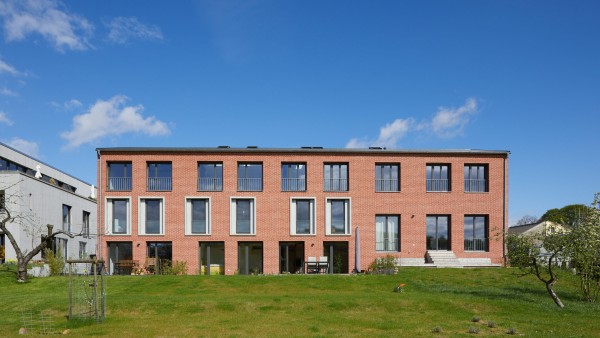
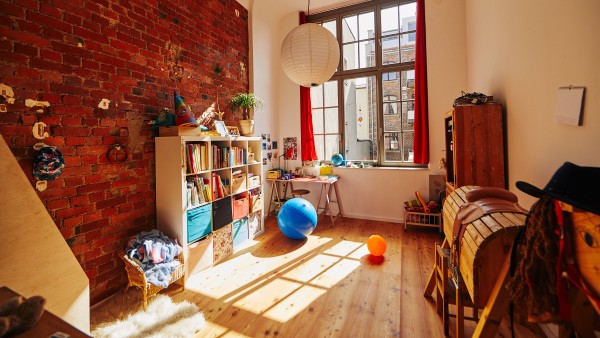
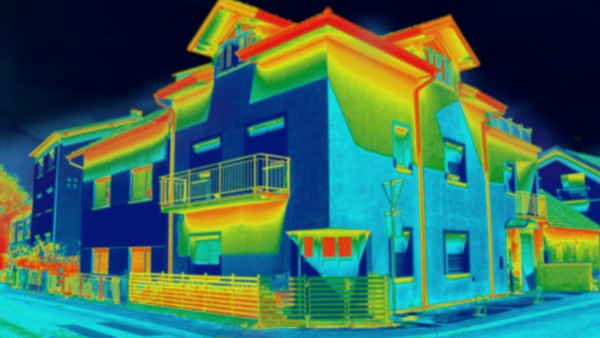
Data protection principles
If you click on one of the following icons, your data will be sent to the corresponding social network.
Privacy information